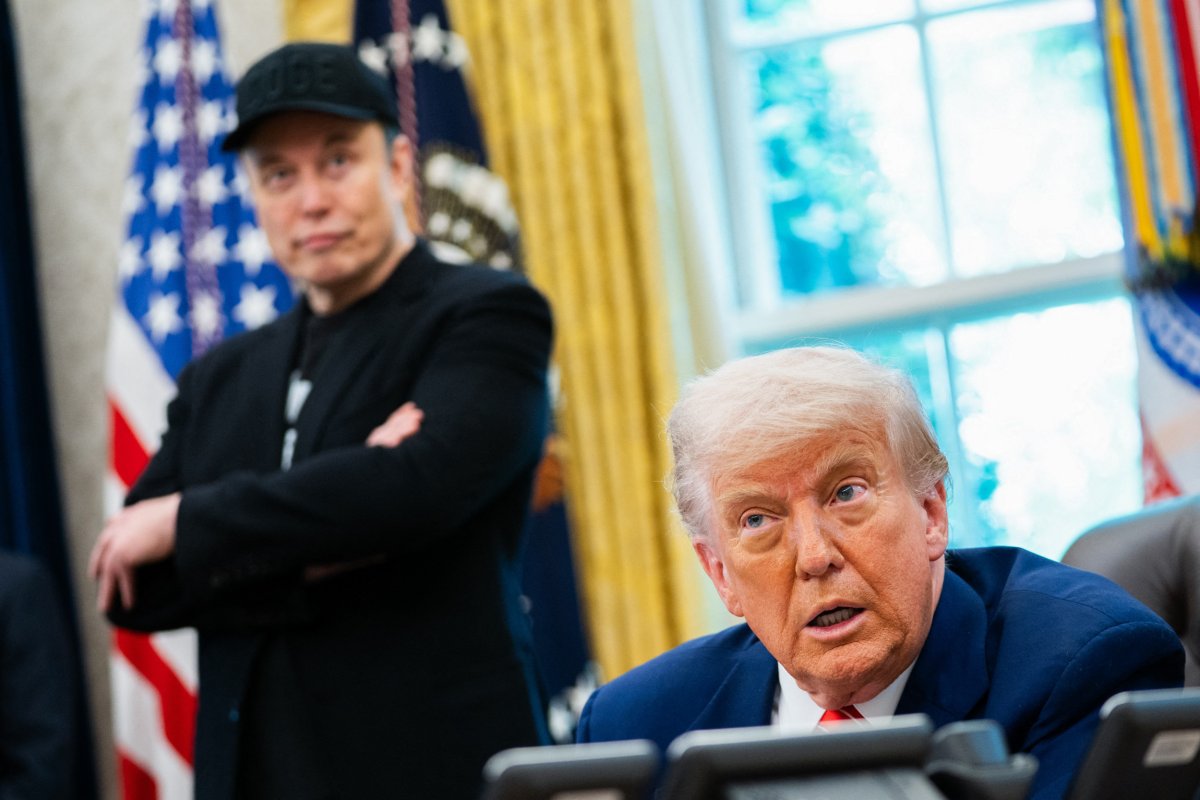Observers long suspected that Donald Trump and Elon Musk might eventually clash, but few foresaw how swiftly their dispute would erupt online.
After Musk gave strong public support to Trump following an assassination attempt in Pennsylvania nearly a year ago, their political and financial paths became increasingly aligned.
Now, their connections across campaign donations, federal contracts, and shared staffers make it difficult for either to fully break away from the other—no matter how heated the rhetoric becomes.
Political Money and Campaign Strategy
Over the past year, Musk has emerged as one of the largest donors to Trump and other Republican causes, giving $290 million, according to Open Secrets.
On Thursday, Musk boasted that Trump won the presidency because of his support and criticized what he called a lack of appreciation.
That said, the Tesla CEO has faced setbacks in political investing. Earlier this year, he poured $20 million into a key judicial race in Wisconsin, only to see his candidate lose by 10 points—a state Trump carried just months earlier.
These contributions remain vital to Republican chances of holding on to Congress during the November 2026 midterms.
However, Musk has previously stated he plans to scale back his political donations in general.
This week’s public fallout raises further questions: Could Musk redirect his wealth toward a political movement opposing Trump?
He hinted at that possibility by launching a poll on X (formerly Twitter), asking: “Is it time to create a new political party in America that actually represents the 80% in the middle?”
Federal Contracts and Business Leverage
Musk’s major enterprises—including SpaceX, Starlink, and Tesla—depend heavily on government deals.
SpaceX alone has received $20.9 billion in U.S. federal contracts since 2008, per analysis from BBC Verify.
Trump acknowledged that dependency with a post on Truth Social: “The easiest way to save money in our Budget, Billions and Billions of Dollars, is to terminate Elon’s Governmental Subsidies and Contracts. I was always surprised that Biden didn’t do it!”
Musk responded by threatening to shut down SpaceX’s Dragon spacecraft, which delivers supplies and astronauts to the International Space Station. He later walked back the threat.
Still, ending those contracts would involve complex legal and logistical hurdles. With no immediate replacements for SpaceX’s Dragon or Falcon 9 rockets, NASA remains committed to long-term missions with Musk’s firm.
At the same time, his companies face intense scrutiny. A February report cited more than 30 ongoing investigations into Musk-led enterprises by U.S. federal agencies. Tesla’s push for driverless taxis, for instance, hinges on future regulatory approval.
Shared Staff Across Tech and Government
Trump appointed Musk to lead the Department of Government Efficiency (Doge), a new office aimed at cutting federal costs. Musk was allowed to select much of the staff, many of whom had previously worked at Tesla, SpaceX, or other Musk-owned ventures.
Though Musk stepped down from Doge leadership last week, most of his selected employees remain in place.
One high-profile figure, Katie Miller—Doge’s former spokesperson—had ties to both camps. She served in Trump’s first administration and is married to current Deputy Chief of Staff Stephen Miller. CNN reports that Miller left government service last week and now works full-time for Musk.
Others, such as David Sacks, straddle both worlds. Sacks, who Trump appointed as his top advisor on AI and cryptocurrency, has a long-standing relationship with Musk dating back to their early days at PayPal.
This complex web of alliances is now under stress, with both Silicon Valley leaders and Trump allies closely monitoring the dispute.
On X, tech executives and Maga-aligned influencers were quick to choose sides as Musk and Trump exchanged jabs.
According to a YouGov flash poll conducted Thursday, 70% of Republican respondents sided with Trump. Fewer than 10% backed Musk.



